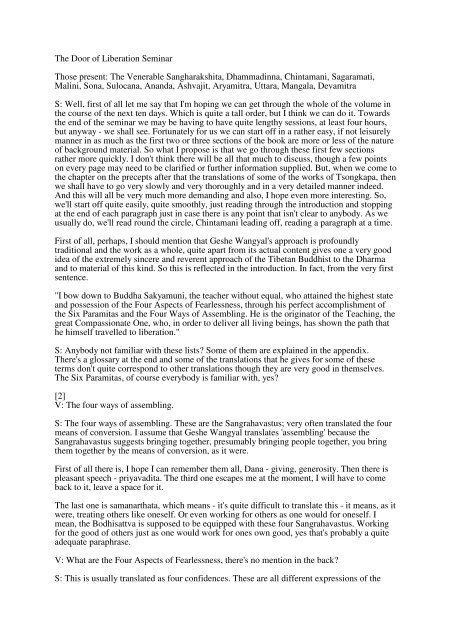
Métodosįoi realizada uma pesquisa bibliográfica na base de dados PubMed, incluindo artigos publicados desde 2000 bem como artigos de pesquisa cruzada com os iniciais. Apesar de ser uma condição muito rara, a sua extrema gravidade justifica a importância de a saber diagnosticar e tratar corretamente. O adenocarcinoma mucinoso é um dos subtipos de neoplasia do apêndice e caracteriza-se por metastizar para o peritoneu, em 20% dos casos, facto que se manifesta sob a forma de uma doença designada por Pseudomixoma Peritoneal. Finding a less aggressive therapy than cytoreductive surgery + hyperthermic intraperitoneal chemotherapy will be an important step forward.Īs neoplasias do apêndice são bastante raras, representando atualmente cerca de 1% de todas as neoplasias gastrointestinais. Conclusionĭespite the great progress we have witnessed in recent years, which have led to a large increase in survival rates, more research needs to be done, on what to do when the disease is in an unresectable stage. This new therapy has allowed an increase of survival chances of up to 5 years in those patients with values between 53% and 88%, depending on the type of tumor. Over the years pseudomyxoma peritonei treatment has evolved and patients are now undergoing treatment which is a combination of cytoreductive surgery and hyperthermic intraperitoneal chemotherapy.

In the past, patients diagnosed with pseudomyxoma peritonei would only undergo palliative measures, so their overall survival rate was greatly reduced. MethodsĪ bibliographic research was performed on PubMed database, including articles published since 2000, as well as, cross-referencing with the initial research. This study provides updated data on how to diagnose, classify and treat pseudomyxoma peritonei that originates from appendix tumors. Although, it is a very rare condition, it is nonetheless a very severe one and therefore it is crucial to know how to correctly diagnose and treat it.

However, there is a specific type of appendiceal neoplasms (mucinous adenocarcinoma) that spreads to the peritoneum and in almost 20% of the cases, resulting in a disease called pseudomyxoma peritonei.

Appendix tumors represent about 1% of all gastrointestinal neoplasia, in other words they are quite rare.


 0 kommentar(er)
0 kommentar(er)
